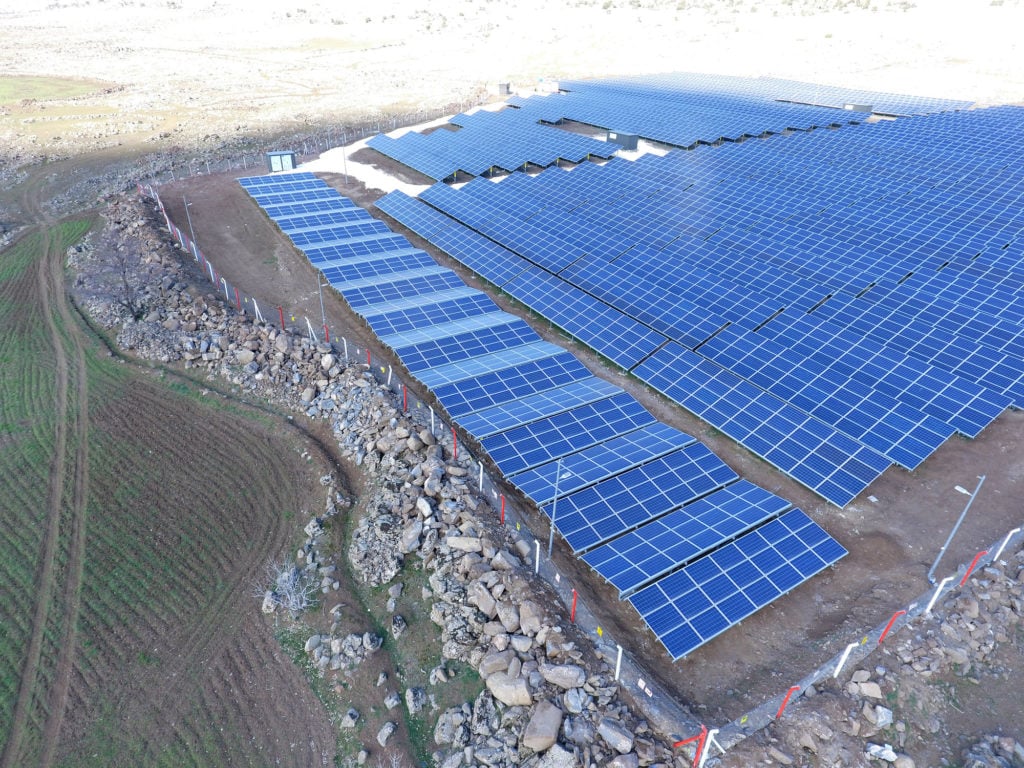
Turkey’s installed solar capacity has surpassed wind thanks to the addition of hybrid projects, as the country boasted 12.2GW of installed solar capacity as of early 2024.
Energy think tank Ember cited figures from the Turkish government, which stated that the installed capacity for solar and wind had reached 11.7GW and 11.8GW respectively as of the end of 2023. However, the data did not include secondary solar capacity installed in hybrid power plants.
Unlock unlimited access for 12 whole months of distinctive global analysis
Photovoltaics International is now included.
- Regular insight and analysis of the industry’s biggest developments
- In-depth interviews with the industry’s leading figures
- Unlimited digital access to the PV Tech Power journal catalogue
- Unlimited digital access to the Photovoltaics International journal catalogue
- Access to more than 1,000 technical papers
- Discounts on Solar Media’s portfolio of events, in-person and virtual
By adding data provided by Turkey’s Energy Market Regulatory Authority, Turkey’s installed solar capacity reached 12.2GW, as 510MW of solar capacity was installed as part of hybrid projects across the country.
Ember said the solar capacity from hybrid projects accounted for 4.2% of the total installed solar capacity.
Regarding the primary resource type in hybrid plants, wind power installations dominated the Turkish market. Across 14 plants with solar as their secondary power source, 63% included wind as their primary power source. Hydro came second after wind, with 80MW of secondary installed solar capacity at the Aşağı Kaleköy Hydroelectric Power Plant, which is also the only hydro-solar hybrid plant in the country.
Geographically, Uşak (82MW), Bingöl (80MW) and Sivas (50MW) boast the highest hybrid solar capacity as each of these provinces hosts one hybrid power plant. In total, these hybrid plants accounted for 42% of the total capacity of installed hybrid solar plants. In addition, Karaman (40MW) and Konya (36MW), which have both wind generation and high solar potential, contributed another 15% of the capacity.
The hybrid power plants annual electricity generation reached 798GWh, representing 4.2% of Turkey’s total solar energy production in 2023.
Moreover, Turkey has 1.9GW of approved hybrid solar capacity yet to be installed. This capacity equals 16% of all installed solar capacity in Turkey now. Of this capacity, 62% was allocated to wind power plants and 13% to hydroelectric power plants.
Of the hybrid solar capacity in the country’s pipeline, 60% is concentrated in ten provinces. Çanakkale (178MW), Manisa (138MW) and Balıkesir (122MW) all lead in terms of project stock and in wind power generation. Konya has the largest project stock with a total capacity pipeline of 212MW.
The Turkish government said last year that the country would need to install 5GW of solar and wind capacity every year until 2035. Meanwhile, PV Tech Premium talked to research firm Rystad Energy about the goal, with analyst Nishant Kumar adding that although the goal of adding 5GW of solar and wind capacity every year is certainly ambitious in the short term by 2027, it is achievable in the medium (post-2027) and long run (post-2032).
However, the Turkish solar market still needs to tackle some issues to realise the goal, including the grid must be able to handle the influx of renewable energy, and adequate financing for the large-scale development of solar systems.







